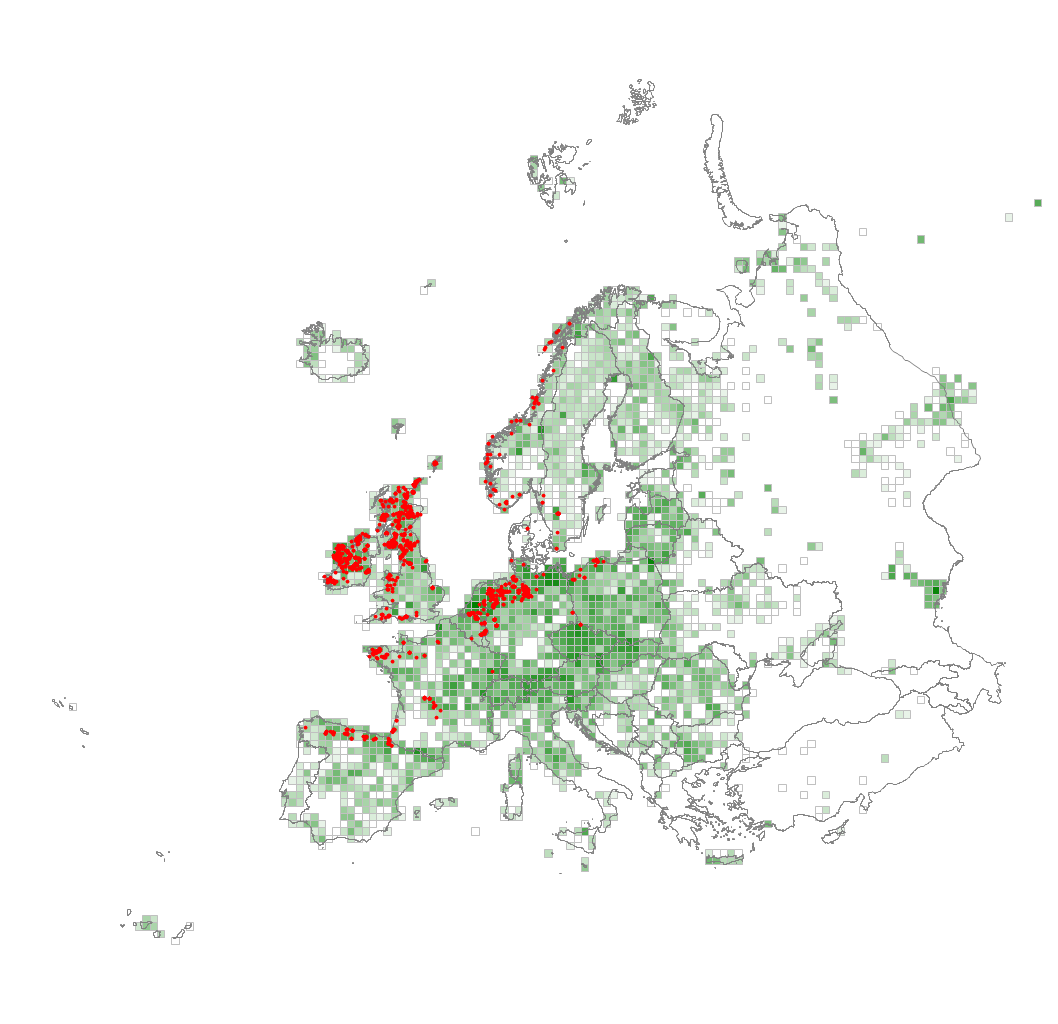Q21 Oceanic valley mire
Topogenous wetlands in which the peat-forming vegetation depends on water draining from the surrounding landscape. Most valley mires are habitat complexes including poor fens, transition mires and pools. Acid valley mires often have vegetation resembling that of bogs, especially in those parts relatively distant from flowing water. Basic and neutral valley mires support mainly poor-fen vegetation, but in large mire systems, this is accompanied by wet acid grassland, large sedges and reeds. Sphagnum hummocks form locally, and transition mires or littoral and spring communities colonise small depressions. Excluded are rich-fen valley mires.
Chytrý M., Tichý L., Hennekens S.M., Knollová I., Janssen J.A.M., Rodwell J.S. … Schaminée J.H.J. (2020) EUNIS Habitat Classification: expert system, characteristic species combinations and distribution maps of European habitats. Applied Vegetation Science 23: 648–675. https://doi.org/10.1111/avsc.12519
Version 2025-10-03, https://doi.org/10.5281/zenodo.16895007.
For the official presentation of the EUNIS Habitat Classification from the European Environment Agency, please see: EUNIS Terrestrial Habitat Classification 2021. The FloraVeg.EU presentation may show modifications and partial updates to the habitat classification.
